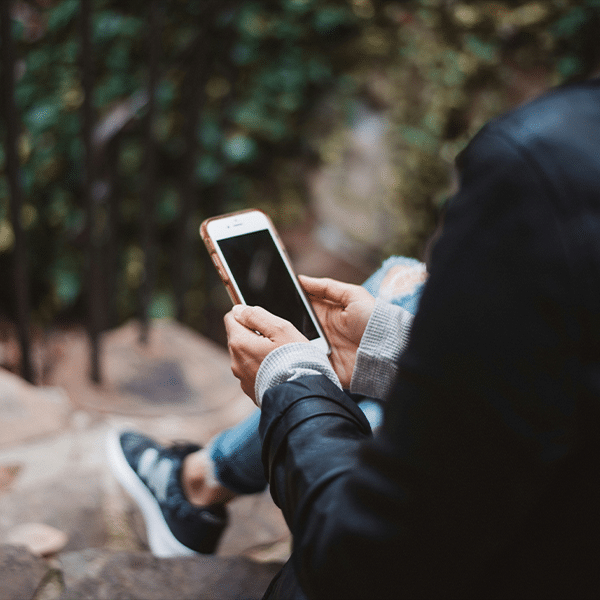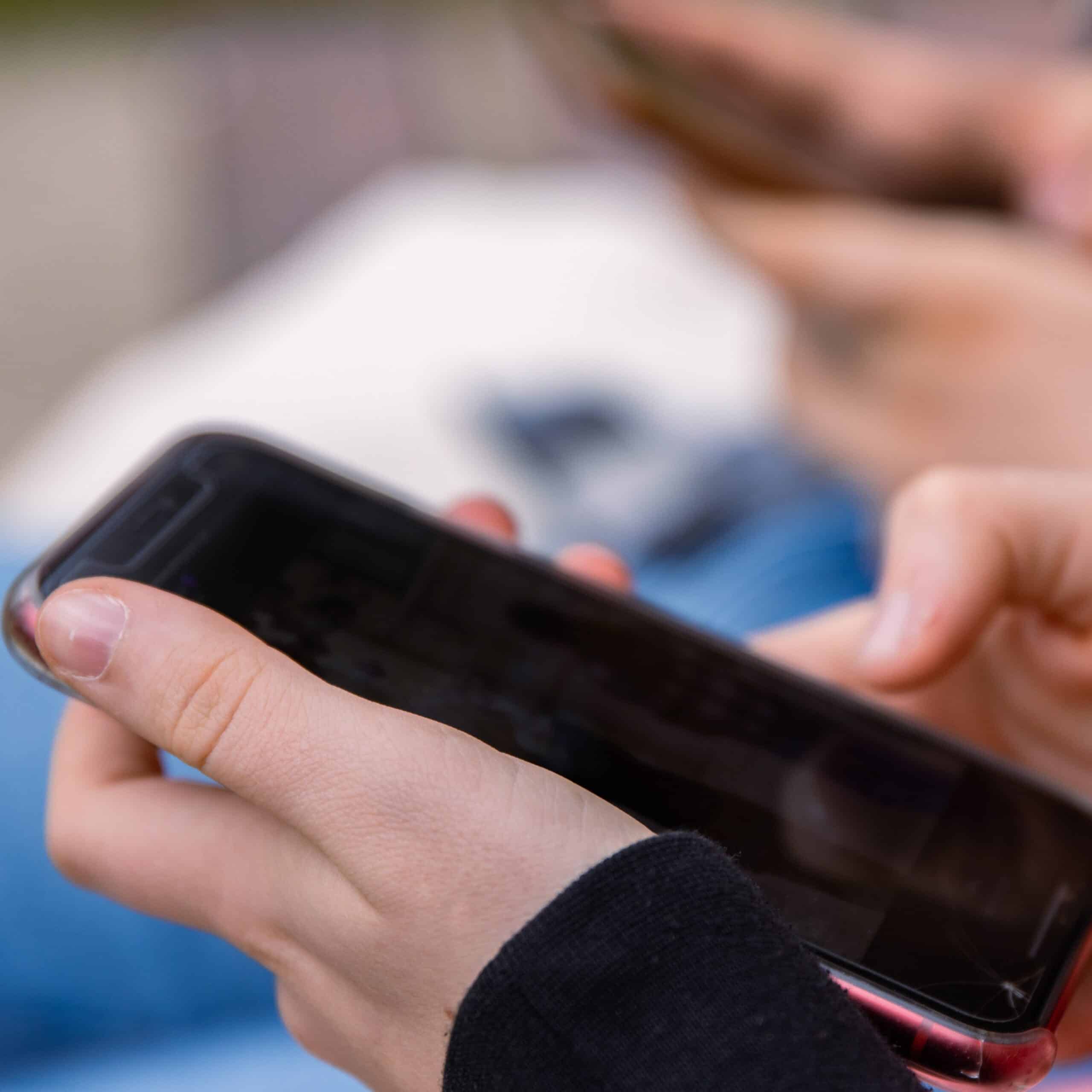On Thursday, the Federal Communications Commission (FCC) unanimously adopted a Notice of Proposed Rulemaking that would require mobile service providers to unlock phones within 60 days after activation.
When a consumer buys a phone, it is locked to the carrier selling the device. Contract terms allowing consumers to later activate the phone through a competing provider change from carrier to carrier. The proposed new rule would establish a standard interval when all consumers could start shopping around.
“You bought your phone. You should be able to take it to any provider you want. Some providers already operate this way,” said FCC Chairwoman Jessica Rosenworcel during the FCC’s monthly open agenda meeting. “We can put in place a nationwide standard because it is in the best interest of consumers and competition.”
“For far too long, consumers have faced confusing and disparate cellphone unlocking policies. This lack of consistency across carriers means that some consumers can unlock their phones with relative ease while others face significant barriers,” said Commissioner Geoffrey Starks.
There is general agreement with the goal of increasing competition, but the NPRM looks at a number of issues to determine whether the 60-day rule would be effective. For instance, individuals could attempt to activate service on phones that were lost, stolen, or purchased through fraud. According to a draft of the NPRM, some carriers already use the 60-day standard for unlocking phones with post-paid phone service, but tend to have longer time periods for pre-paid service.
Consumers often buy handsets at very low initial installments with the agreement to pay off the cost of the device over several months. It’s possible the 60-day rule may result in higher device upfront costs for consumers or create a disincentive for providers to offer extended payment plans. The draft NPRM gives examples of providers that have offered extended payment plans together with 60-day unlocking.
Companies like T-Mobile and TextNow already market directly to consumers with unlocked phones, a trend that may continue if the FCC’s efforts succeed.



